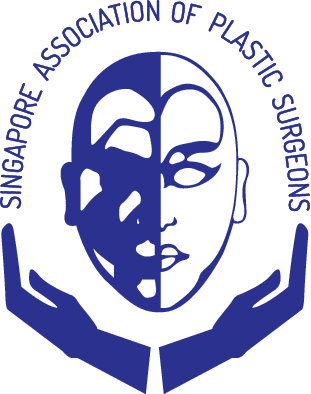ASIAN BLEPHAROPLASTY
Dr Chia Hui Ling
It is common for Orientals to have monolids, or single eyelids, and many choose to have an upper blepharoplasty to have double eyelids created surgically. The reasons cited for the preference of double eyelids are to create larger- and brighter-looking eyes and to make the eyes look less puffy. Other eyelid conditions may be addressed at the same time, such as epicanthoplasty (inner eyelid fold correction), ptosis correction (upper eyelid lift) and removal of excess skin and orbital fat.
TREATMENT
Have a thorough discussion with your plastic surgeon, including your surgical goals, medical conditions, drug allergies, medications and previous surgeries. For upper eyelid surgery, discuss your preferred crease type (parallel or tapered) and height too. Expected outcomes, risks and other treatment options should be explained to you.
COMPLICATIONS AND MANAGEMENT
Risks of an asian blepharoplasty include:
- Bleeding
- Infection
- Dry eyes
- Recurrence or lost of eyelid fold
- Unfavorable scarring
- Asymmetrical or high fold
- Possibility of revision surgery to address unfavorable results
